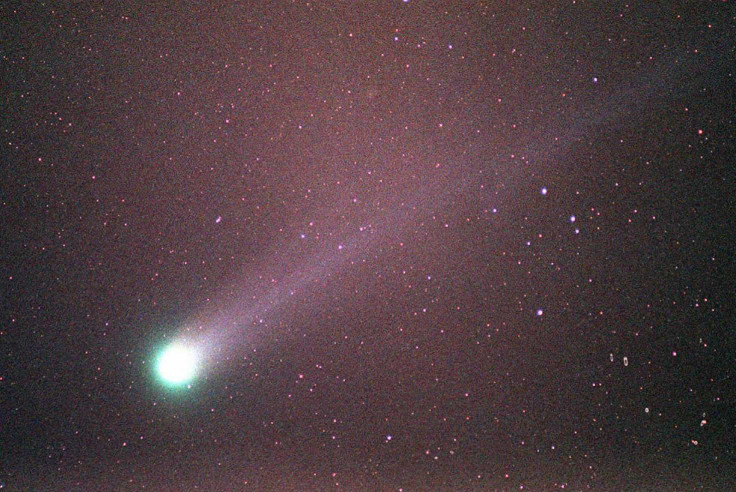Comet NEOWISE Rapidly Brightens As It Approaches The Sun

KEY POINTS
- The sudden brightness of comet NEOWISE was spotted by NASA's satellite
- A scientist believes that the comet will become visible to the human eye
- The comet's sudden brightness could be a sign of an unstable core
NASA’s solar satellite detected the sudden increase in the brightness of a comet that’s currently moving toward the Sun. Scientists believe that the comet will become visible to the human eye within the next couple of days.
The comet has been identified as C/2020 F3 or NEOWISE. It was first discovered by NASA’s Wide-Field Infrared Survey Explorer (NEOWISE) telescope on March 27 earlier this year.
Over the past couple of days, NASA’s Solar and Heliospheric Observatory (SOHO), which is a satellite launched to observe the Sun, has been monitoring the behavior of the NEOWISE comet.
As indicated in SOHO’s observations, comet NEOWISE’s brightness has been steadily increasing is it gets closer to the Sun. According to Qicheng Zhang, a scientist from the California Institute of Technology who analyzes SOHO’s data, the comet’s magnitude or brightness has been increasing rapidly.
Given the comet’s current status, Zhang noted that the comet NEOWISE would become bright enough to be spotted by the human eye once it escapes the Sun’s glare, which will happen in the next couple of days. The comet is expected to reach its closest distance from the Sun on Friday (July 3).
“During the transit, Comet NEOWISE increased in brightness from magnitude +4 to +1.8–an almost 8-fold jump,” he stated, according to SpaceWeather.com. “If the comet maintains this brightness, it will be visible to the naked eye when it emerges from the sun’s glare in July.”
According to Zhang, NEOWISE’s sudden and rapid brightness could indicate that its core is unstable. He believes that the object’s icy interior is getting drastically affected by the heat from sunlight. This could lead to the comet fragmenting into multiple pieces and completely breaking apart as it approaches the Sun.
However, for Karl Battams of the Naval Research Lab in Washington D.C., the comet will most likely remain intact and survive its transit near the massive star.
“Comet NEOWISE looks healthy to me,” he stated. “Throughout its passage across the coronagraph, the comet showed a smooth-and-steady brightness increase, perhaps a little steeper than we might like, but nothing that makes me enormously concerned for its health, as long as it has a reasonably large nucleus.”
© Copyright IBTimes 2025. All rights reserved.





















